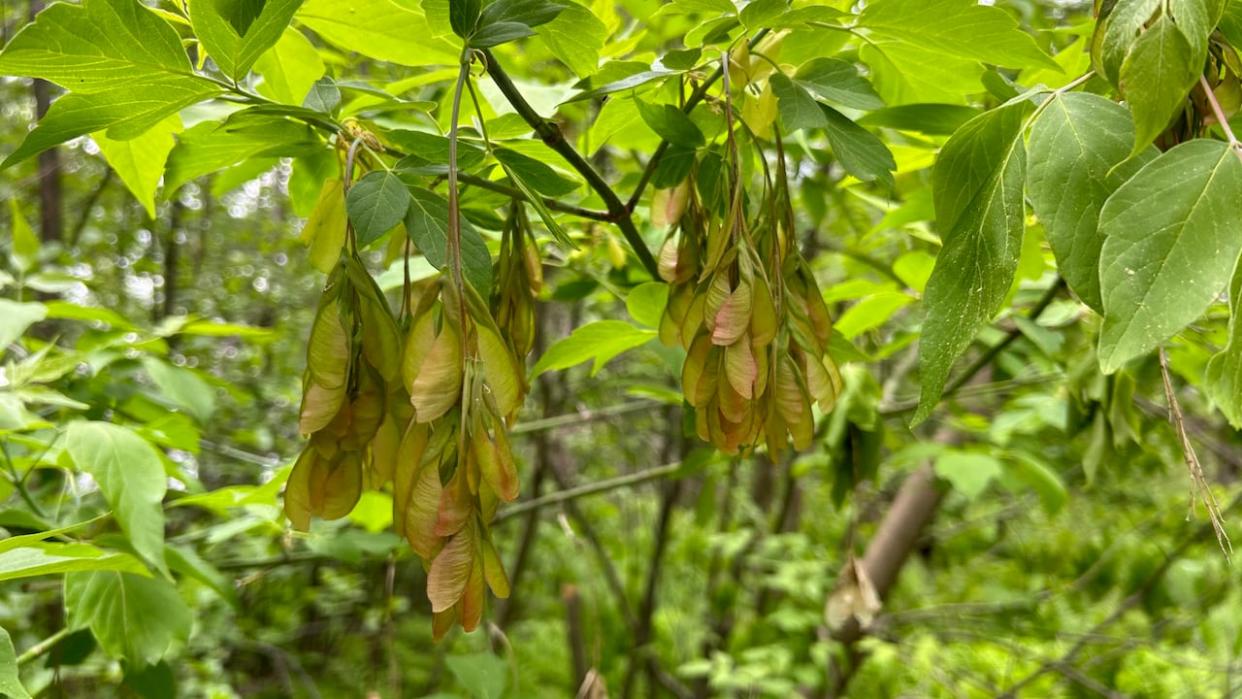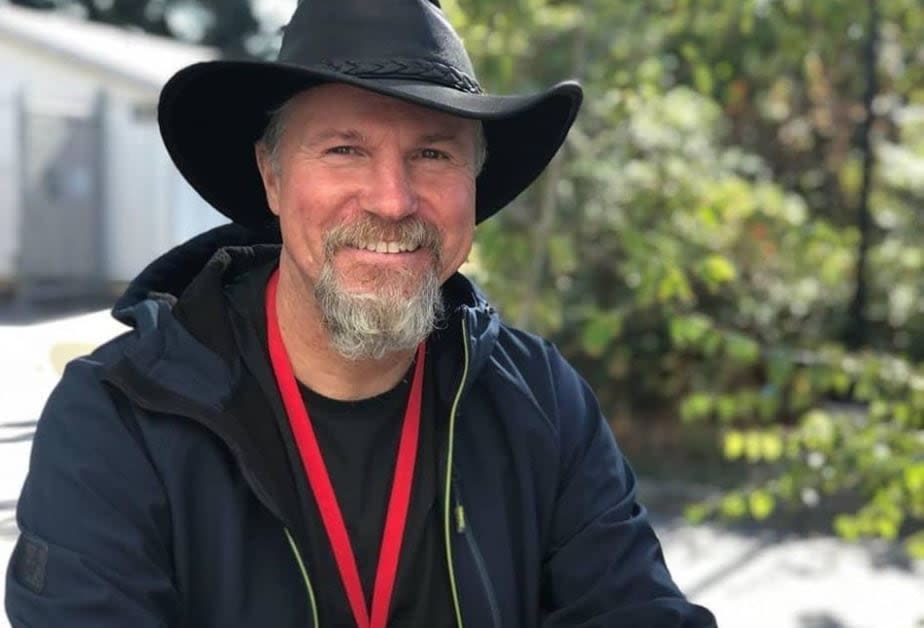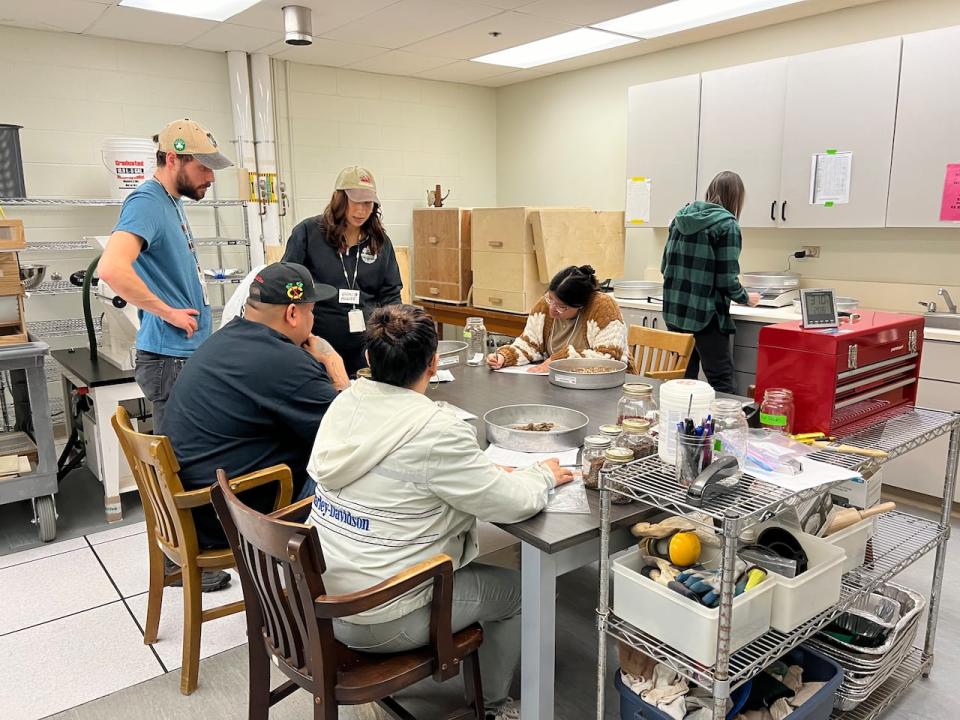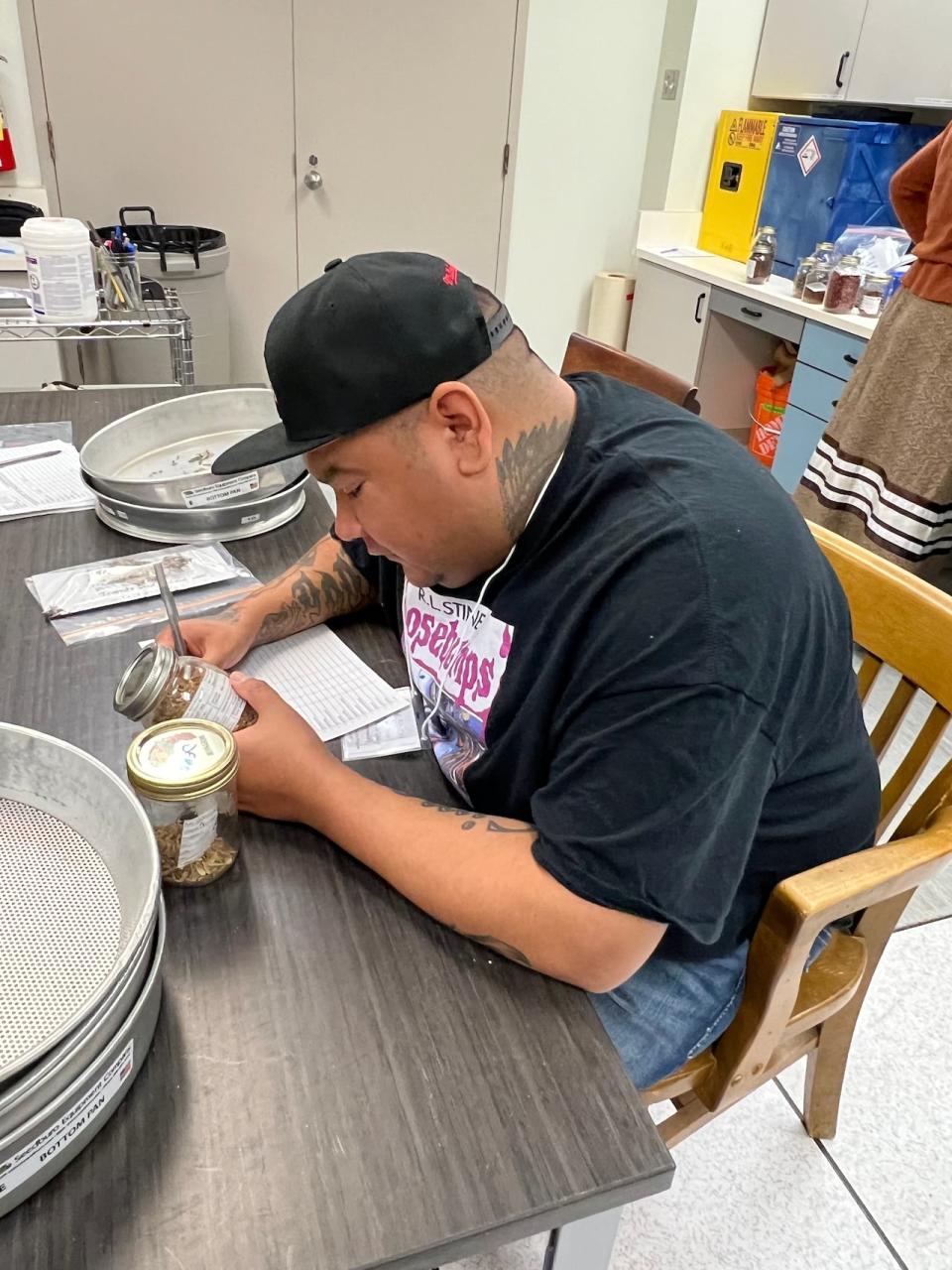Wanted: tree seeds. National seed centre in Fredericton collecting samples

The National Tree Seed Centre in Fredericton is trying to add to its already substantial stockpile of seeds, with varieties that are in short supply, for restoration projects and to prepare for the possibility of poor growing seasons in the years ahead.
The centre collects seeds for 724 tree and shrub species in 1,000 different eco-districts across the country, said co-ordinator Donnie McPhee.
Initially, its focus was to help with research and recovery from things such as insect infestations and wildfires.
But that mission has been evolving, said McPhee, since the federal government created a funding program to plant two billion trees.
Calls have been coming in from people all over the country who are looking for certain species for their planting projects, many of which are in riparian zones or flood plains, he said.
Red maple, elm, and silver maple have been in high demand but "that seed wasn't available."
In some cases, the centre may have seed for the requested species, but not from an appropriate region.
Seed from southern British Columbia might not survive in northern British Columbia, he explained, and communities including Fredericton have had the experience of planting trees that soon died because the gene source wasn't appropriate.

Donnie McPhee, co-ordinator of the National Tree Seed Centre in Fredericton, said they are trying to increase the variety of trees they have. (Submitted by Donnie McPhee)
Nevertheless, many communities are having to settle what's available, said McPhee.
And largely, what's available is "tons of conifers."
"The provinces and forest industry do an amazing job with conifer species," he said, which are used for making things like tissue paper and lumber.
The forest industry collects large quantities of seed for its own reclamation and production purposes.
But for the future viability of forests, a broad range of genetics from different species and across each's range is important, he said.
An average trembling aspen, for example, will produce about 1.2 trillion seeds in its lifetime, and only one of them may land on the ground and grow, said McPhee.
"You need so many things to happen," he said.
"In those seeds, the genetics are probably there that are resistant to almost everything. It's just a matter of having it and storage and doing the testing to find out which."
Centre collaborates with communities across Canada
The seed centre is now working with communities across the country to bolster a more diverse seed supply.
Close to 40 communities have sent individuals to Fredericton for training in the last couple of years, said McPhee.
In New Brunswick, that has included some members of the Mi'kmaw organization MTI, or Mi'gmawe'l Tplu'taqnn Inc., said Mary Knockwood, the Canadian Forest Service's Indigenous programs manager.
Jesse Simon of Elsipogtog First Nation attended a session a couple of months ago and said he learned a lot.
He has done seed collecting in Kouchibouguac National Park as part of his work for Kopit Lodge, a Mi'kmaw conservation and stewardship group.
"This year we'll be a lot more prepared going into it," he said.

The National Tree Seed Centre in Fredericton collects trees seeds for more than 1,000 eco-districts across the country. (Submitted by Mary Knockwood)
Seeds collected will be sent to the bank in Fredericton, said Simon.
"They'll send any community seeds and you just pay them back whenever you can by sending them seeds," he said.
Simon expects to be helping out with some community tree planting projects this season as well.
First Nations also involved in categorization
Seed bank staff are also learning things from participants during the training sessions, said Knockwood.
Some Indigenous communities are already picking, storing and growing in their own local facilities, she said.
"If they have other techniques and other ways of doing things, they impart that to us," she said.
"We listen to what their stories are from their communities and try to understand their needs and what they're working on."
It's a chance to build relationships, said Knockwood.

Workers identify and catalogue tree seeds at the centre in Fredericton. (Submitted by Mary Knockwood)
She hopes it will result in a network of seed collectors sharing knowledge and supporting each other.
"The species are so important … not only for restoration work or reclamation work or reforestation. It's also good … in regards to their traditions, their culture, their spirituality and their language."
A group from 10 First Nations is expected to attend training next week, said McPhee.
"Most want to ensure the right genotypes are being used in their area," he said.
"So, they're stepping up saying they'll do the collecting and have the seed available for whoever gets the funding for the programs."
McPhee expects some communities may want to keep the seed they collect this year for their own purposes.
The last two years have been "very poor seed years," with poor pollination followed by very dry summers, he said.
He'd like to see enough seeds in storage for 10 to 15 years' worth of planting.
Some species, such as ash, only produce seeds about every seven years. Other species, like sugar maple and yellow birch, only have a bumper crop every about every three or four years.
"If you have a bad seed year, no seed is going to be collected and you could be waiting another five years for a good one."
"If you're getting funding to plant ash and it's not in seed and there are no seeds stored, you're kind of out of luck."
McPhee is optimistic this year will be better, at least in Eastern Canada, but he knows there's "still time for things to go wrong."

 Yahoo News
Yahoo News 
